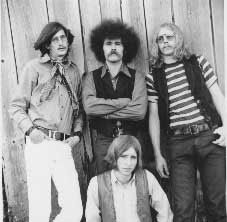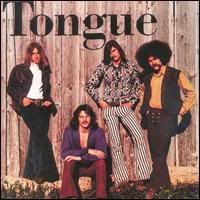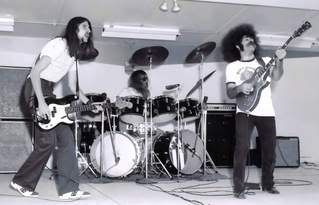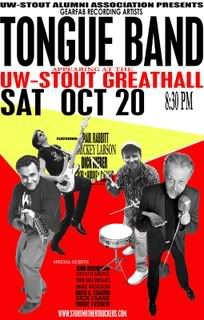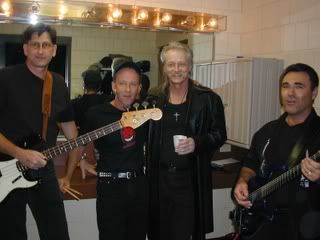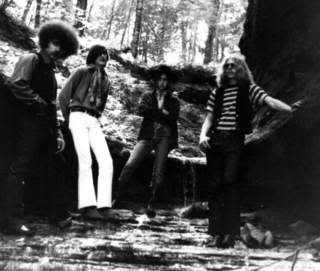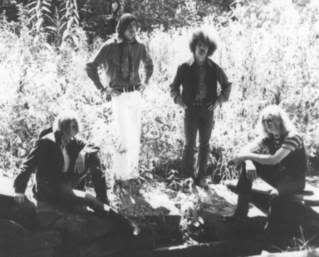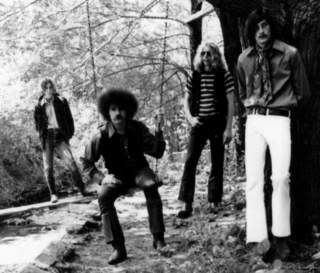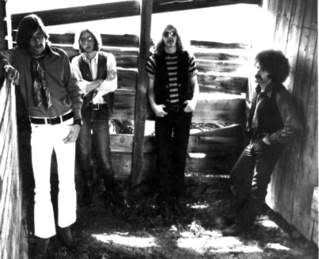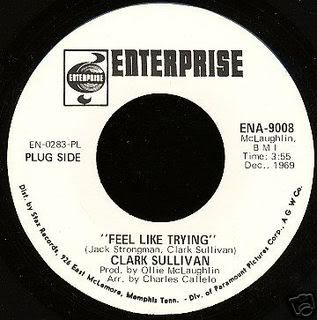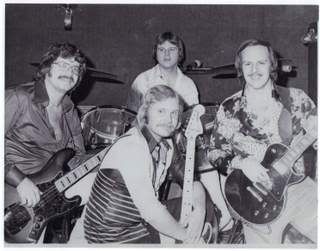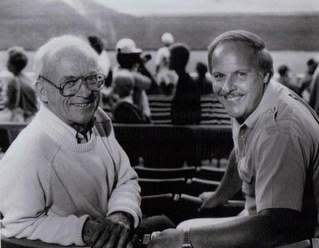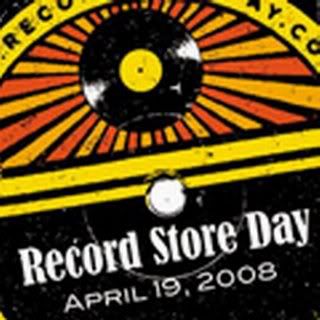
It wasn't exactly at the top of the front page, but last Saturday (April 19) was National Record Store Day.
You'd think such news would be on everybody's lips, but I didn't even find out about the celebration until Andrew Jones of Gladstone called to tell me about it.
That record stores have existed for decades without being recognized with their own day seems like an incredible oversight, I know.
So, a few folks got together to correct this blunder, including the Alliance of Independent Media Stores, Coalition of Independent Music Stores, Music Monitor Network, Newbury Comics and Value Music Group of Indie Stores.
Besides those behind-the-scenes groups, some people you've actually heard of, like Paul McCartney and the heavy metal band Metallica, supported the day as well.
Metallica backed the observance by showing up for a rare in-store appearance at Rasputin Music, just outside San Francisco. Coincidenially, the group's first two albums were re-released on 180 gram vinyl earlier in the week.
McCartney, meanwhile, saluted independent record shops with the following statement:. "There's nothing as glamorous to me as a record store. When I recently played Amoeba in L. A., I realized what fantastic memories such a collection of music brings back when you see it all in one place. This is why I'm more than happy to support Record Store Day and I hope these kinds of stores will be there for us all for many years to come. Cheers!"
The former Beatle may have been lavish in his praise, but I have to say I've always loved purveyors of vinyl.
Growing up in a small community, I bought my first LPs and 45s from "record departments" inside larger stores.
But as the Baby Boom generation grew up, "mom and pop" independent record stores proliferated around the country. Each store was different, quite unlike the "cookie cutter" chain stores of today.
Those small independent music retailers made their own decisions and stocked the product they thought would appeal to their customers the most.
Independent shops were a unique combination of the owner's personality and the music culture evolving in society at large.
Stores in many communities became havens for young people indulging in the anti-establishment youth culture of the 1960s and early 1970s.
In fact, upon graduating from Central Michigan University in Mt. Pleasant in 1973, I had owning a record store as one of my goals, although it wouldn't happen for a dozen years.
It was especially fun discovering new shops whenever I traveled. The first thing I'd do at a new destination is check out the record stores any particular city had to offer.
Many people remember Teletronics, the Marquette store owned by Dick Wagner which catered to the community and students at Northern Michigan University. Other stores drawing my attention were Pipe Dreams in Green Bay, Mad City in Madison and the many cool shops located across from the Michigan State University campus in East Lansing. As you might expect, many of my favorites were in Mt. Pleasant, like the Log Cabin Record Shop, Mountain City and Boogie Records.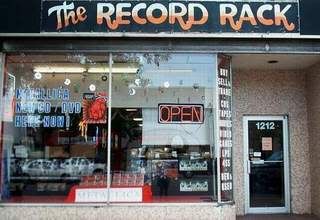
By 1985, after collecting vinyl since my teenage years, my wife Sue and I finally decided to open our own shop. The Record Rack has been keeping us busy now for almost a quarter century.
About the time we opened, compact discs appeared in the marketplace, breathing new life into record stores, but also increasing competition as more retailers joined the fray.
The compact disc soon became a loss leader at many discounters, meaning the price a customer paid could be less the wholesale cost. Stores managers saw new releases as a way to attract customers and hoped to turn a profit by adding high mark-up accessories to each sale.
In the late 1990s, the compact disc began a steady decline when customers completed upgrading their collections to CD. In addition, digital downloading of music began to hurt sales at brick and mortar stores. The compact disc was labeled a "tired format."
Many small retailers adapted to the CD's decline by adding movies and video games to their racks. A change in direction was nothing new for stores which had witnessed numerous format changes over the years as eight-track tapes, cassettes and LP's came and went.
Despite the high risk competition, many independent stores have continued to survive and thrive by doing what they always did: stocking a selection tailored to the local market and backing it with knowledgeable personal service offered by staff members who were enthusiastic and passionate about music.
Still, the deck has become increasingly stacked against the traditional music store. The internet brought international competition to everyone's doorstep. Distributors increasingly don't want to deal with the small orders many independent stores place each week. One giant discount chain, located in nearly every community, can now dictate to record labels what they'll pay for the product they buy, not the other way around.
In the last 50 years, record stores have seen good times and bad times. But, they've always played an integral part in their communities in so many ways: musically, culturally, socially and economically.
Actually, I'm glad record stores finally have their own day. I still love 'em.


